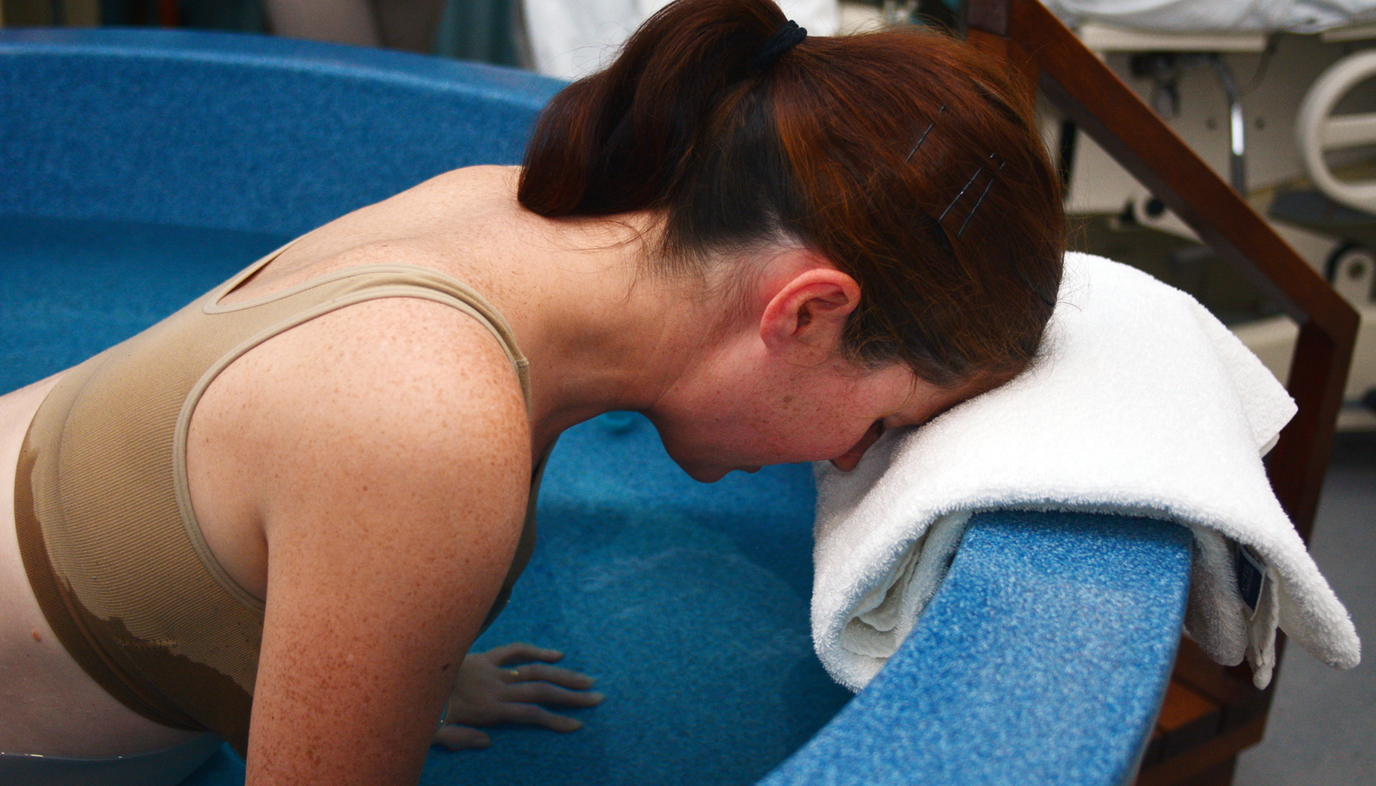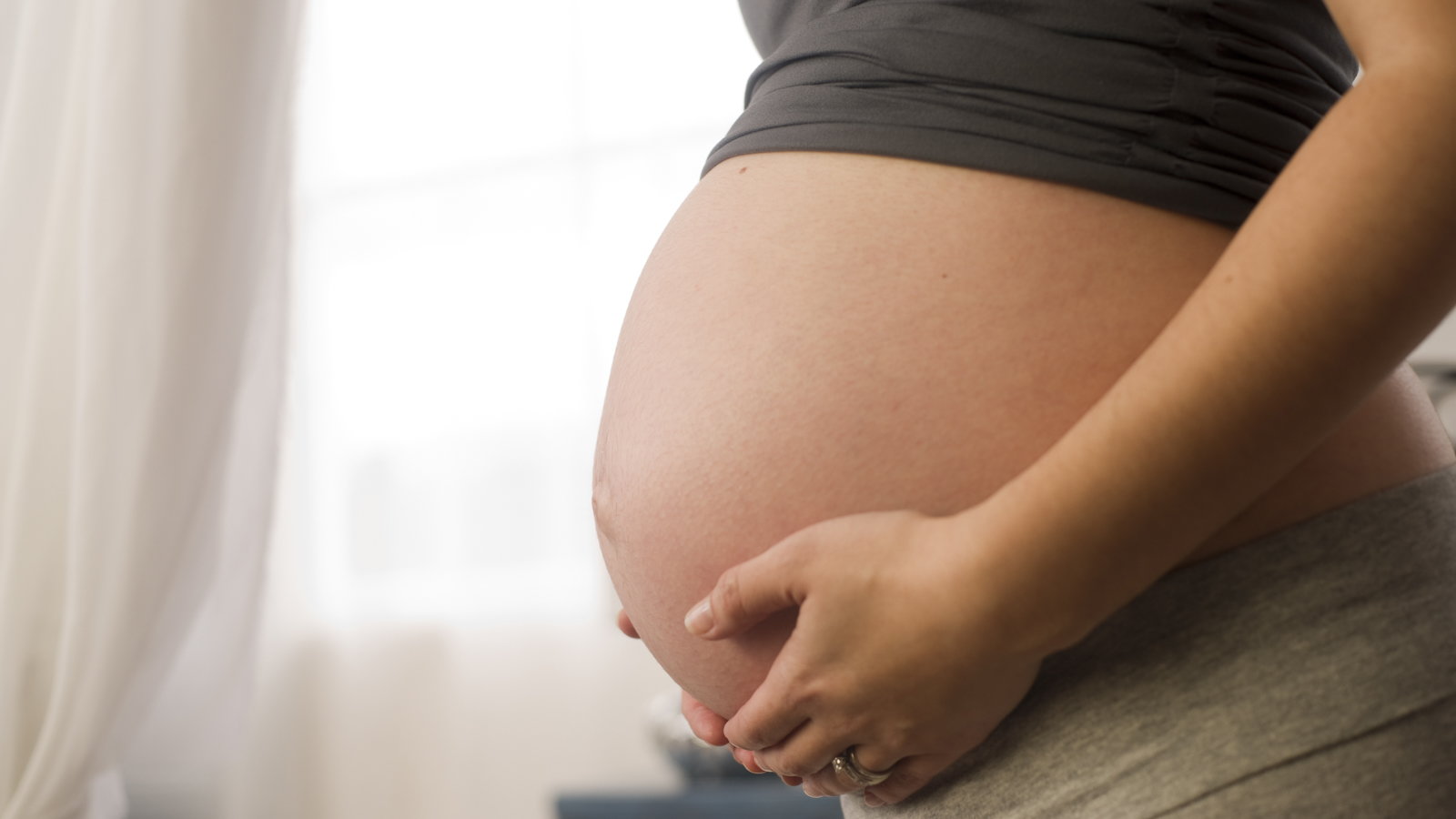
by Jennifer Vanderlaan https://www.birthingnaturally.net/
Not sure you are going to remember how to use all the comfort measures you learned in your Natural Childbirth Class? Here is a handy tool to help you make the most of all your preparations. Keep this cheat-sheet in your birth bag to use when you just don’t know what to try. Be sure to try something for a few contractions before deciding if it works. Expect to change your technique as often as every half hour or as infrequently as every two hours. Try to change your position every hour; you should also have a bathroom break every hour or two which will be a good time to do a position change.
Step One: Choose a Position
(select the most upright position you have energy for)
- Standing (walking, dancing, in a shower, leaning on someone) -allows pelvic movement to help baby align properly while reducing discomfort
- Leaning (over a ball, the back of a chair, onto pillows, against a wall) - allows you to stay upright while taking some of the weight off your legs
- Sitting (chair, ball, bed, floor, toilet) - allows you to stay upright while giving you the ability to rest
- Hands and Knees (on the floor or bed, over a ball or chair, with the head resting on the floor) - relieves back pressure while using gravity to help baby realign
- Laying on Side (on a bed, in a tub, on the couch, recliner chair, pillows on floor) - allows you to rest
Step Two: Chose a Movement
(moving your pelvis during contractions can help your baby get into a good position)
- Slow Dancing – alone or with a partner
- Belly Dance – hip circles or figure eights
- Walking – on a flat surface or upstairs
- Lunging – with one leg on a stool or chair
- Hip sways – can be done in many positions
- Rocking – moving your upper body can cause movement in the pelvis
Step Three: Choose a Way to Relax
(relaxation can help minimize discomfort and pain)
- Deep Breathing – keeps your lungs full of oxygen
- Patterned Breathing – uses distraction to relax you
- Mental Imagery – either alone or with someone guiding you
- Focal Point – uses distraction to relax you
- Vocalization – moaning, humming, or singing can release tension
- Progressive Relaxation – actively relaxing the muscles of your body
- Music – can be used as a focal point and for vocalization
- Counting – can be used as a focal point
- Shower – uses heat, water, noise, and pressure to help you relax
- Tub – uses heat and water to help you relax, buoyancy keeps you more comfortable
Step Four: Use Spot Techniques as Necessary
(effectiveness of these techniques changes as labor progresses, so something that stopped working an hour ago may work now)
- Pressure – use tennis balls, rolling pin, or fist to provide pressure to the lower back
- Ice Packs/Heat Packs – help to minimize pain for 15 minutes to half an hour
- Empty Bladder – to reduce pelvic pressure
- Massage – lower back, upper legs, or other sore areas
- Cool Cloths – to the face or neck to maintain a comfortable temperature
- Water – small sips or sucking ice chips to keep the mouth moist
About the Author:
Jennifer Vanderlaan is a childbirth educator and doula who teaches families how to have a natural childbirth. You can find more information about any of these comfort techniques for labor in the Coach's Notebook section of her website, www.birthingnaturally.net


